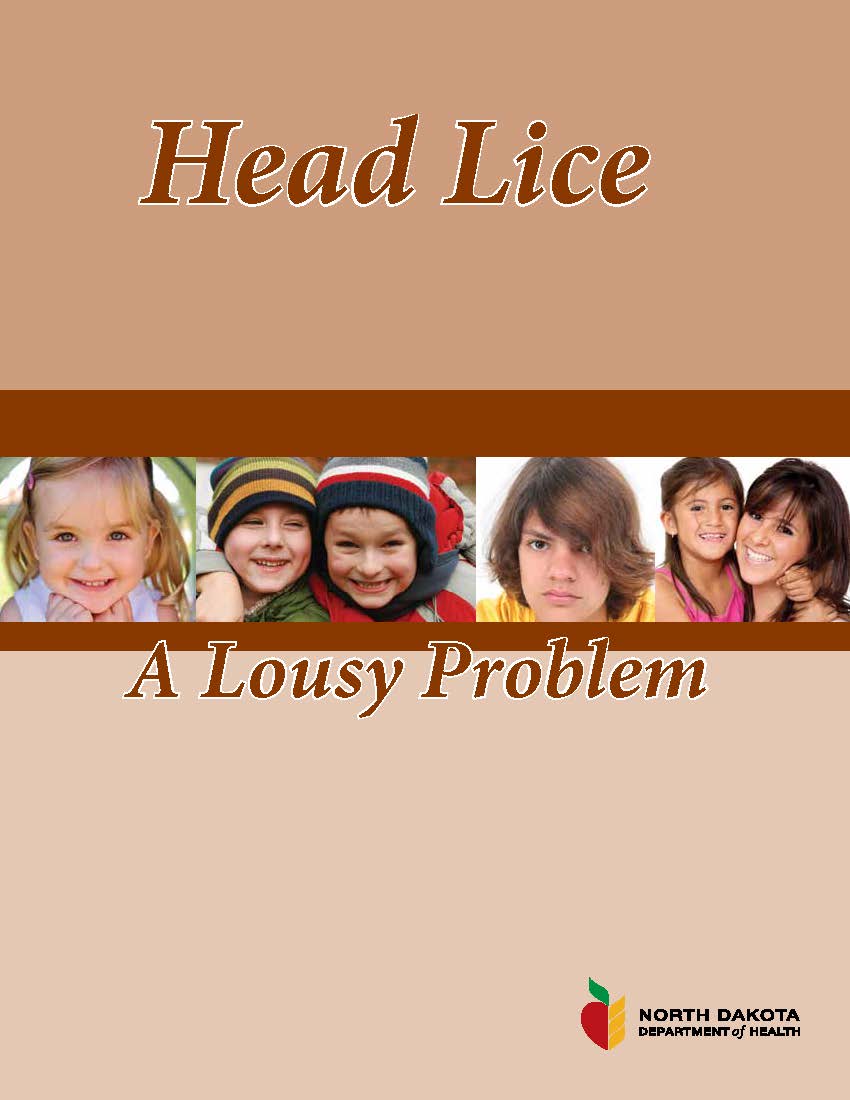
First District Health offices offer screenings by appointment at a cost of $15, where a nurse will determine whether head lice are present. FDHU does not offer treatment for head lice. Clients can request a document detailing the nurses findings (i.e., live lice, no live lice, no nits, etc.) There is no law or recommendation to exclude children from school or childcare if they are diagnosed with head lice. No entity should require a release for return to work, school or childcare.
Knowing the facts about head lice transmission, treatment and management will help to ensure the best control of infestations. These Quick Facts answer the most common questions. Click the picture below to view a more detailed booklet about head lice.
Head Lice Quick Facts
Head lice can infest all people, regardless of age, race, socioeconomic status, or hygiene practices. Although lice can cause itching and discomfort, they are not known to cause any health problems.
Identification: Lice are tiny insects, about the size of a sesame seed. They can usually be seen moving in the hair or on the scalp. Nits, or eggs, are often present too. They are tiny light-colored specks ‘glued’ tightly to the hair shaft, about the size of a grain of sand. Lice and nits are usually within ¼” of the scalp. Loose bits or flakes that don’t move are probably dead skin, not lice.
Symptoms: Most people do not have symptoms at all, although some have itching of the scalp, nape of the neck and behind the ears.
Treatment: Use a product made specifically to treat head lice such as Nix or RID. These can be purchased over the counter or are available by prescription. Follow the directions EXACTLY, and treat any family members who are infested.
Cleaning: Live lice can only live a day or two without a host, but the nits can hatch 10-13 days later. Wash clothing and bedding that has come into contact with live lice in hot water and heat dry. Items that are not washable, like stuffed animals, should be vacuumed, dry cleaned, or sealed in plastic bags for two weeks. They can also be put in a hot dryer for 20 minutes.
Prevention: Head lice are spread most commonly by direct contact with hair, but can also spread by sharing combs, brushes, hats or bedding. Head lice treatments cannot prevent infestation. To prevent the spread, avoid head to head contact, sharing a bed with an infested person, or sharing hair implements or headwear.

